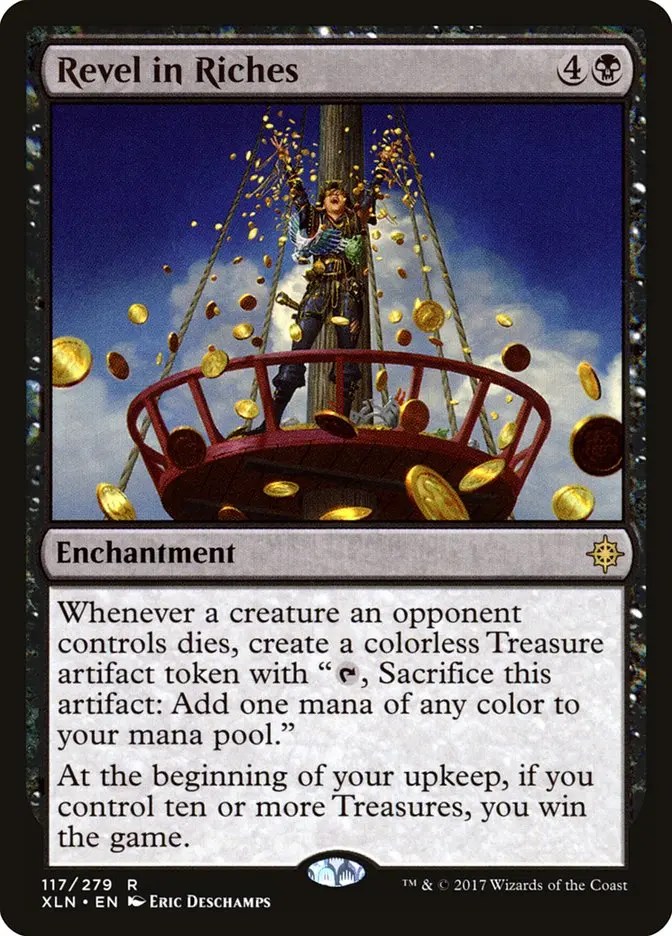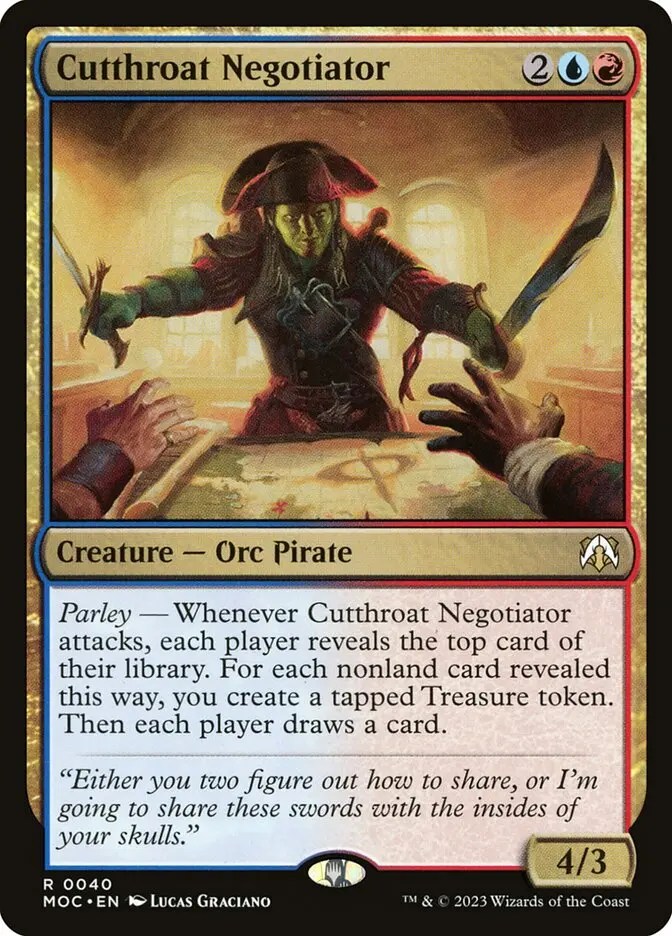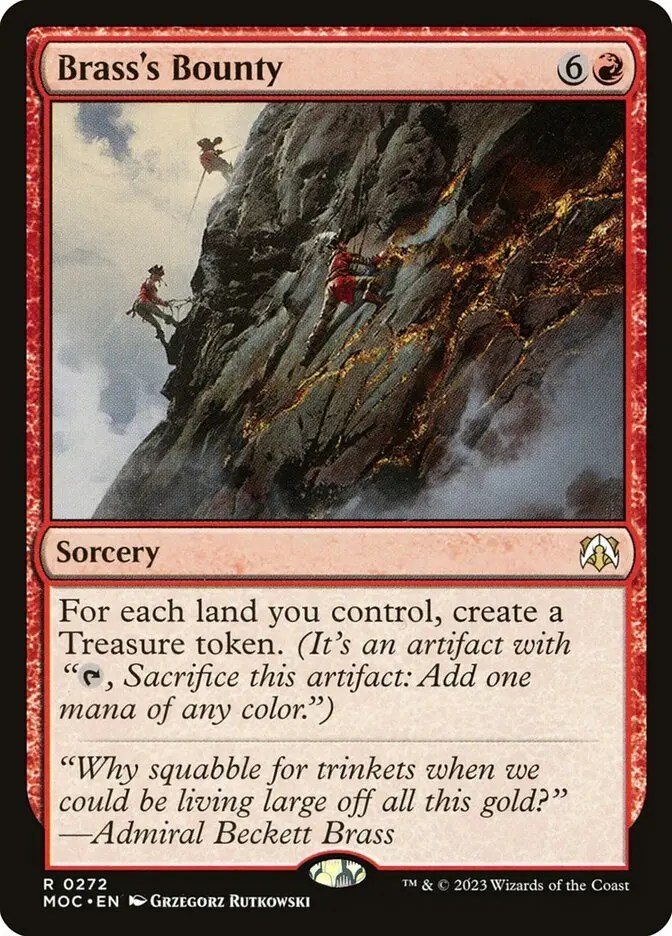Learning the rules of how to play Magic: The Gathering is all you need to do in order to have fun at most tables. But at some point in your journey as a Planeswalker, you may run into an opponent whose deck always has the upper hand against yours. This boils down to the balancing system within MTG, which, like many competitive games, is roughly based on a “Rock, Paper, Scissors” system. The concept is easy to follow, but it isn’t as simple as it sounds.
In Magic: The Gathering, there are numerous deck archetypes that represent our rock, paper, and scissors. At the core of MTG (and other card and video games), there are three primary archetypes: Aggro, Control, and Combo. This guide will go over these three archetypes and the Keyword Abilities that contribute to their success. By the end, you’ll be able to identify the archetype of any given deck, along with its strengths and weaknesses.

The three core deck archetypes in Magic: The Gathering (MTG)
Aggro (Aggressive) deck archetypes in MTG
Starting with one of the easiest-to-understand archetypes, Aggro decks are everything that you think of when you hear “aggressive.” The strategy is to be in your opponent’s face, hitting hard and fast. To do this, Aggro decks primarily contain cards of the Red mana color due to its cheap creatures and Burn spells (such as Lightning Bolt) which are capable of dealing raw damage to any target.
Some abilities that thrive in Aggro decks are Haste, Prowess, and Trample. These abilities allow creatures to dish out damage quickly and efficiently. Remember, the goal of an Aggro deck is to be fast and overwhelm your opponents before they have a chance to establish themselves. You’ll be looking to swing (attack) with all of your creatures in every combat phase, if possible.
Although most Aggro decks in MTG use Red cards, that isn’t to say that other colors can’t be used to build aggressive decks. One of the weaknesses of Red cards is the lack of removal and denial options. Pairing Red with colors that cover its shortcomings, such as Black or Blue, will make for a slightly less aggressive but more well-rounded deck. The popular Gruul Aggro combination uses Red cards to establish an early board advantage and then uses enchants and +1/+1 counters from Green cards to form a powerful mid-game roster.
If you can’t defeat your opponent quickly enough, your army of small creatures won’t be able to stand up against the fearsome monstrosities built by Ramp decks or the various gimmicks that Combo decks employ.
Combo deck archetypes in MTG
Combo decks are the paper to Aggro decks’ rock, but that metaphor doesn’t paint the whole picture. Your strategy becomes a matter of putting together the pieces of a puzzle. Reliably drawing those pieces and defending your work in progress are the keys to being a successful Combo player. This is why Combo archetypes in MTG perform so well against Aggro strategies; There isn’t a fear of a Counterspell or Exile card awaiting your grand finale.
Each Combo deck has an overall win condition, with most having a few lesser combos included. While there isn’t a particular color that is overrepresented in Combo decks, there are many boxes that need to be checked to succeed.
Helpful spells and abilities for Combo decks in MTG include:
- Tutor cards allow you to search your library for specific card types.
- Spells or permanents with Hexproof, Indestructible, or Ward, which effectively increases the cost to target a permanent with spells or abilities.
- Triggers or abilities such as “enter the battlefield (ETB)” or “Whenever you…” provide a focus for the deck to be built around.
An example of a win condition for a Combo deck would be Revel in Riches. By utilizing the Pirates tribe and their various means of Treasure generation or cards such as Brass’s Bounty, victory is easily attainable.



With an ideal starting hand, Combo decks easily spiral out of control and become a dominant force at the table– or simply win the game. But as we mentioned at the beginning of this guide, this concept is only simple on paper. While Combo strategies excel against Aggro decks, they fall victim to the disruption that Control archetypes specialize in. A simple Counterspell or various forms of removal could put a stop to a Combo deck before it has the chance to get the ball rolling.
Control deck archetypes in MTG
With a Control deck, you’re disrupting the opponents’ strategy in every way that you can. This is done with Counterspells, forms of removal such as Destroy or Exile cards, or advanced strategies such as Mill or Discard. It’s because of these tools that Combo decks fear going up against Control decks.
Colors that are synonymous with Control decks are Blue, White, and Black. Each of these colors provides the means to put a stop to any deck strategy out there– so long as you have the cards in hand and mana to spare.
Helpful spells and abilities for Control decks in MTG include:
- Scry and Surveil cards along with sources of card Draw in order to keep a healthy amount of solutions in your hand to address any issues that arise.
- Removal cards range from soft-removal options such as Bounce (return target permanent to its owner’s hand) to hard-removal in the form of Destroy or Exile cards.
- Abilities that effectively increase the number of spells at your disposal. These would be Flashback or Magecraft spells or any card that allows you to “return Instant or Sorcery cards from your graveyard.”
But while Control decks seem to have all of the solutions for dealing with other deck archetypes, they struggle to close out games on their own. Control decks are notorious for running very few creatures, which greatly limits their offensive capabilities and makes defending those creatures a necessary task for victory. Many Control players resort to unconventional win conditions such as Laboratory Maniac or the various Jace Planeswalkers and their card drawing and milling mechanics.
Control decks can easily dismantle the strategies of Combo decks but struggle to keep up with the output of creatures and spells cast by Aggro players. Players of Control decks will frequently lose mana advantage to Aggro players due to the cost differences between the two. Eventually, Control players will run out of answers to Aggro players’ numerous questions, and defeat becomes inevitable.
Other deck archetypes in Magic: The Gathering (MTG)
Aggro, Combo, and Control archetypes are the foundation of many decks within MTG. There are a vast number of strategies that build off of one or a combination of multiple archetypes to create a unique playstyle. Archetypes such as Tempo or Midrange fuse the strategies of Aggro and Control decks but deploy them at opposing stages of the game.
Wizards of the Coast continues to expand the number of archetypes that exist in the game by introducing new abilities with every set. But at its core, Magic: The Gathering will forever be one of the most captivating games of Rock, Paper, Scissors ever.














Published: May 19, 2024 03:30 pm